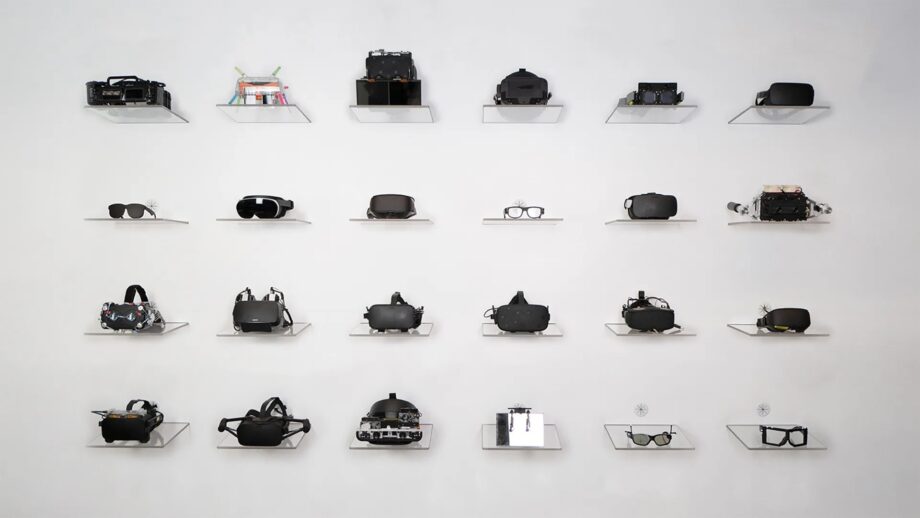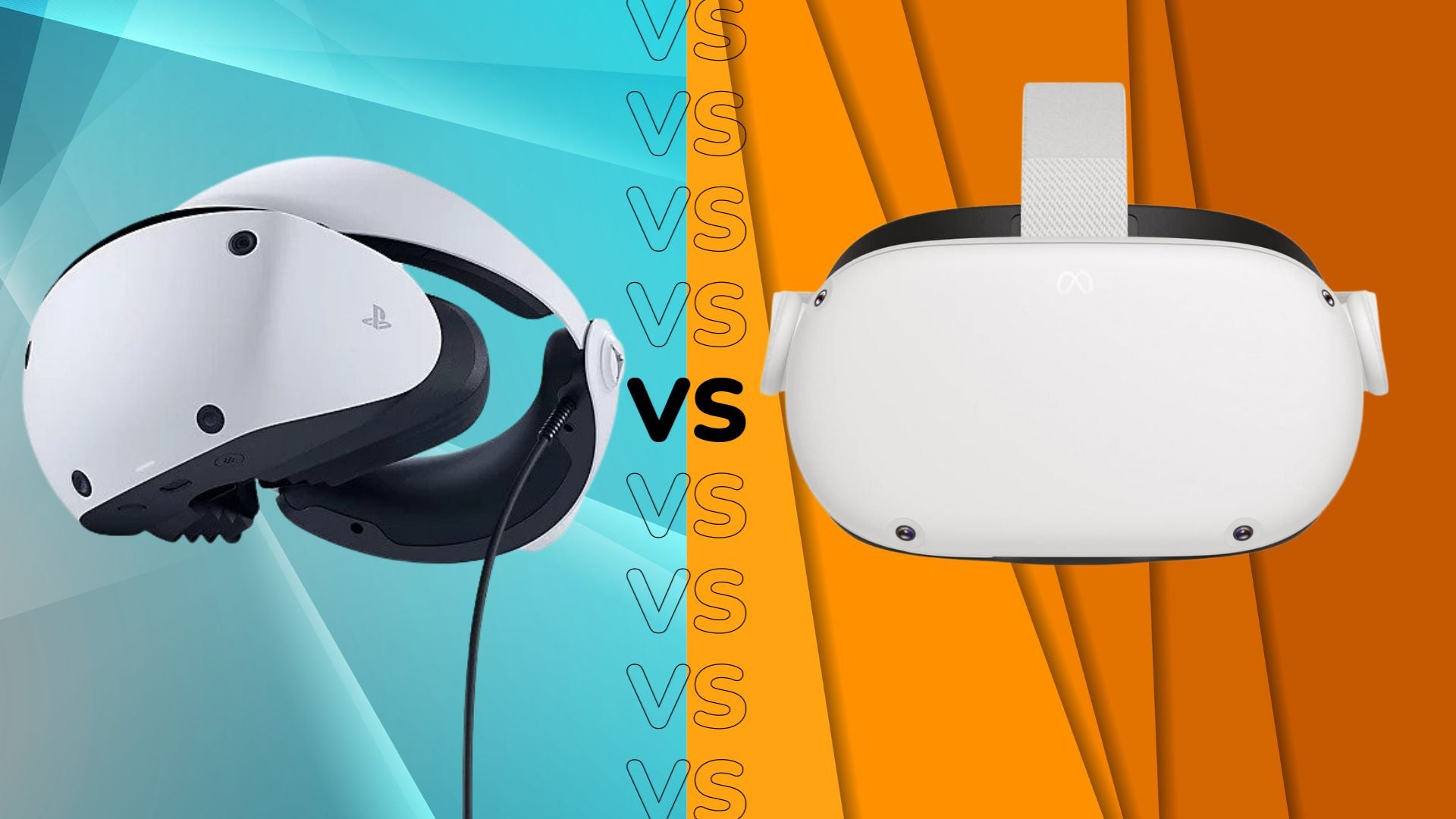Meta reveals VR prototypes helping achieve visuals ‘indistinguishable’ from reality

Meta has taken the somewhat unusual step of revealing a number of virtual reality headset prototypes which are helping it to create a visual world ‘indistinguishable from reality’.
In a video hosted by CEO Mark Zuckerberg (via RoadtoVR), he says the prototypes are assisting the company’s mission to make displays as “vivid and realistic as the real world.”
Zuckerberg says the company is looking to create headsets that pass the visual Turing Test, which is named after Alan Turing’s imitation game. That was designed to see whether a computer is capable of thinking like a human. In this case, of course, it would be a computer convincing your brain that what you’re seeing is actually real.
To achieve that Zuckerberg says the VR headsets must meet four challenges, and has built different prototypes to help solve each of them.
The first of those challenge is retinal resolution, which would hit up to 60 pixels per degree, meeting the resolving power of our own eyes. The company’s Butterscotch prototype would allow you to read the smallest line on the eye chart, for example.
Another key challenge is varifocal, possible via the Half Dome prototypes that enable the eyes to focus on different objects at different distances in virtual reality. The company is also working on a display that fixes video distortions in a manner so rapid that the eye doesn’t pick up on them.
Finally, Meta is working on high dynamic range (HDR) displays that ensure realistic vivid colours. That’s where the Starburst prototype comes in.
The fact that all of these technologies are only possible in quite large individual headsets at the moment tells you we’re probably still quite a way away from seeing them in a single product that’s available to consumers. Zuckerberg struck an optimistic term when speaking to reporters.
I think we’re in the middle right now of a big step forward towards realism,” Zuckerberg says. “I don’t think it’s going to be that long until we can create scenes with basically perfect fidelity.”
You can see Zuckerberg and Reality Labs Chief Scientist Michael Abrash explain more about the challenges here.





